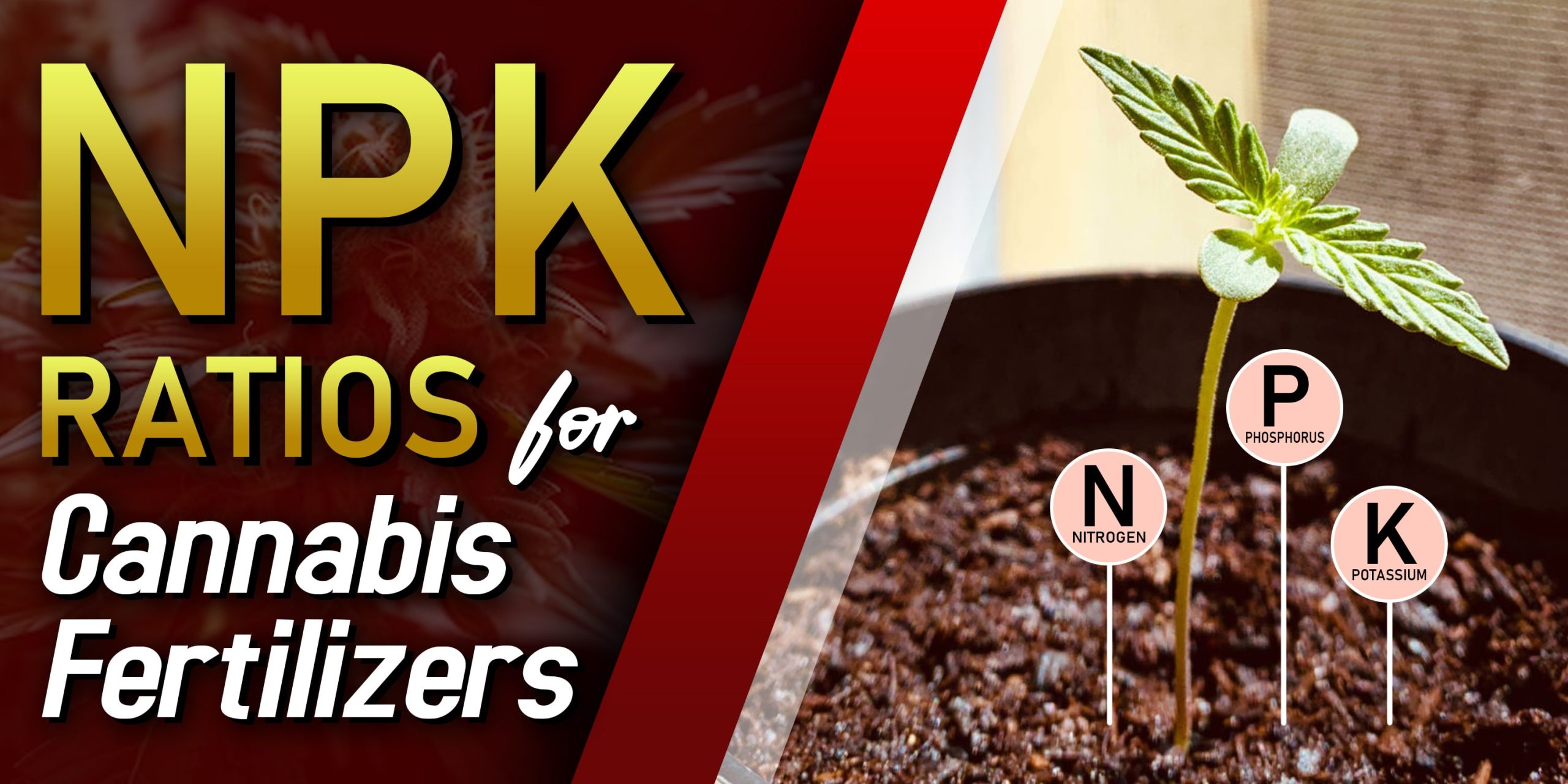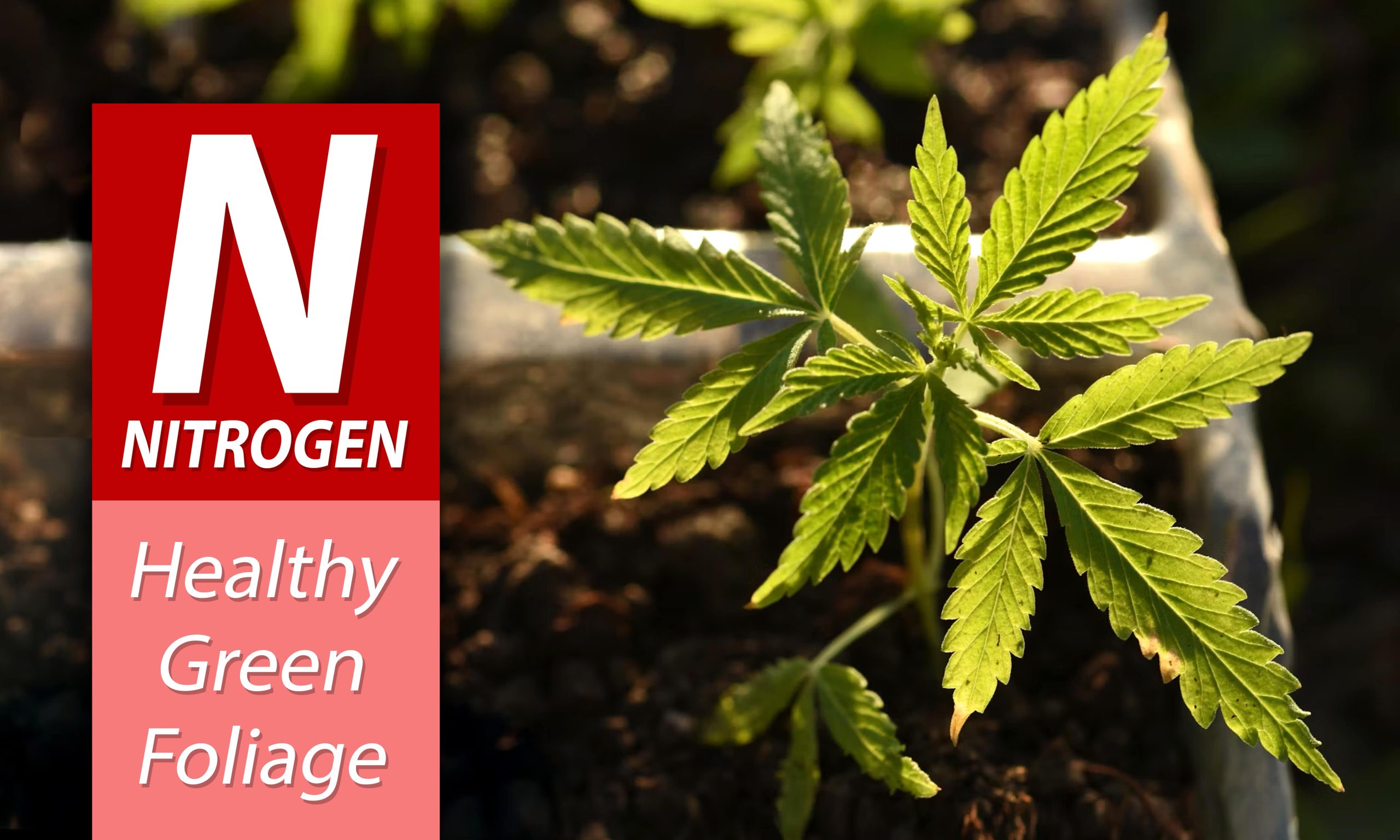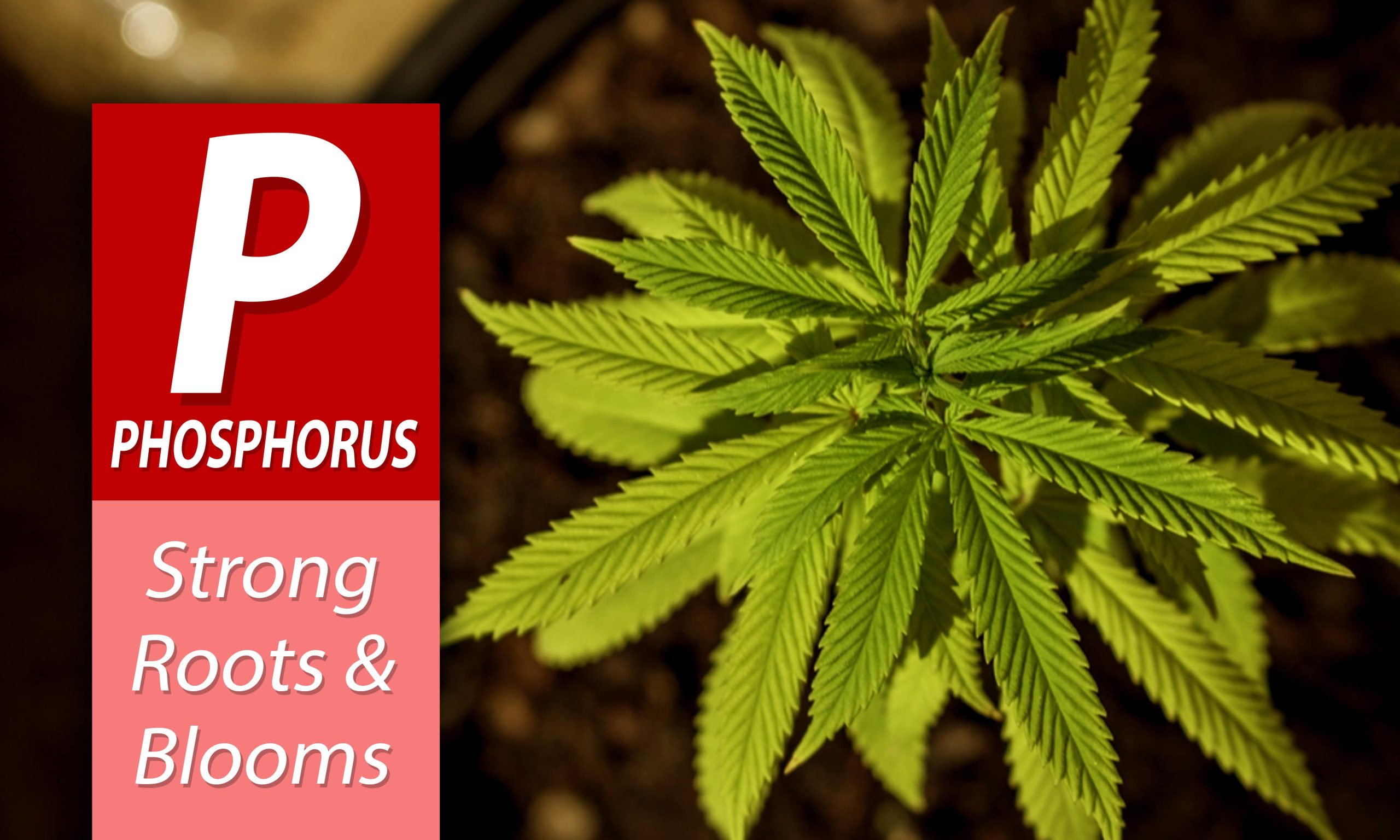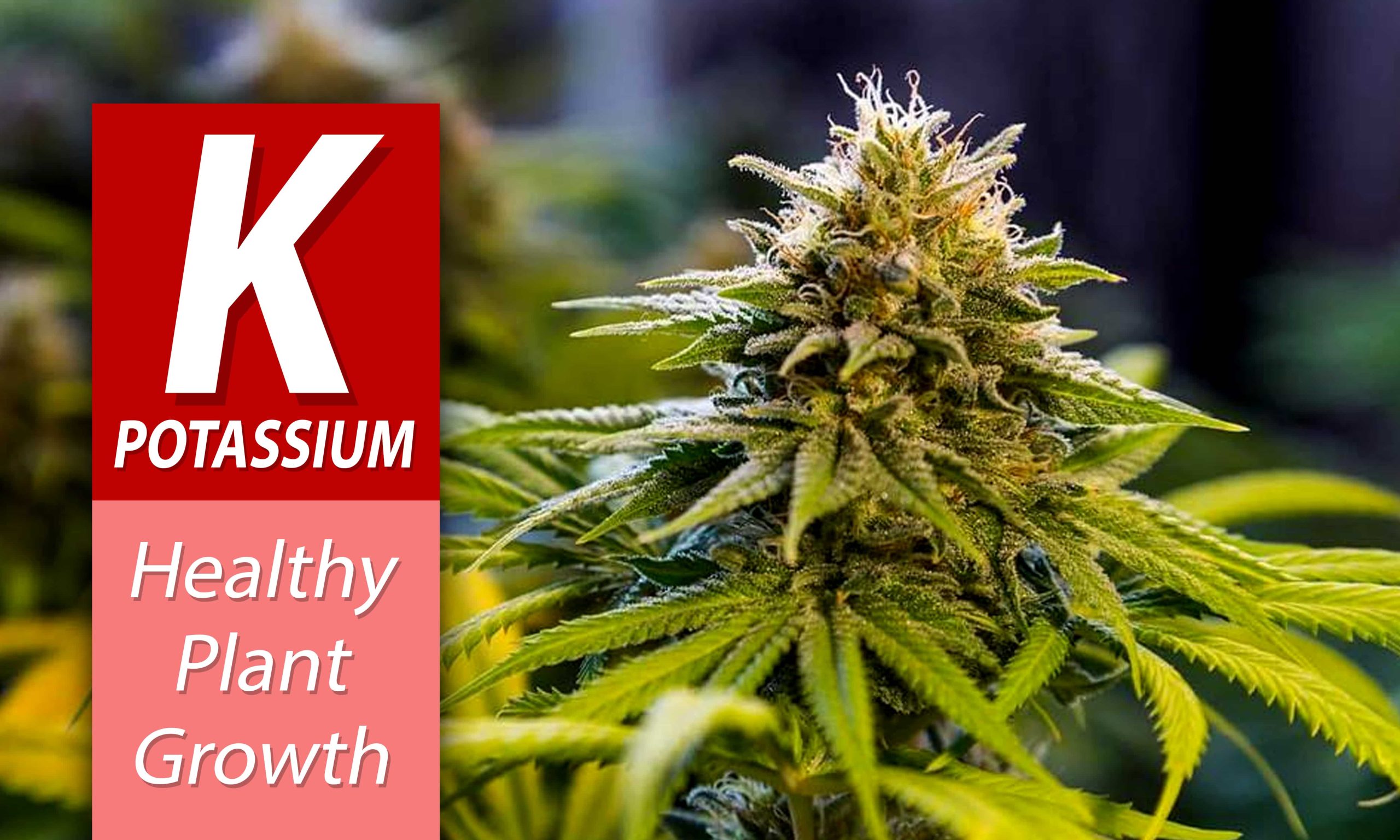Getting the best results depends a lot on knowing and handling the important nutrients properly. One key aspect of this is understanding cannabis fertilizer ratios. In this detailed guide, we’re going to explore what NPK ratios are all about when it comes to feeding your cannabis plants. Our goal is to give you the knowledge you need to make sure your plants grow strong and produce as much as possible.
What are NPK Ratios?
NPK stands for nitrogen (N), phosphorus (P), and potassium (K) – three primary nutrients crucial for plant growth. Each of these elements serves a specific purpose:
Nitrogen (N)
Nitrogen is vital for vegetative growth, aiding in the formation of chlorophyll, which is essential for photosynthesis. It promotes lush foliage and robust stem development, contributing to overall plant vigor.
During the vegetative stage, when the focus is on foliage growth, nitrogen plays a pivotal role in sustaining the plant’s green vitality. It drives the synthesis of amino acids and proteins, essential components for cellular growth and structure. Additionally, nitrogen facilitates the production of enzymes responsible for various metabolic processes, ensuring efficient nutrient uptake and utilization.
Phosphorus (P)
Phosphorus plays a key role in root development, flowering, and fruiting. It facilitates energy transfer within the plant, promoting strong root systems and enhancing flower formation and bud development.
In the flowering stage, phosphorus becomes increasingly important as the plant shifts its energy towards reproductive processes. Adequate phosphorus levels support the formation of healthy flower clusters and stimulate the production of essential oils and terpenes, contributing to the aroma and potency of the harvested buds. Moreover, phosphorus aids in the transfer of genetic information, promoting seed development and viability.
Potassium (K)
Potassium is involved in various physiological processes, including enzyme activation, water regulation, and nutrient transport. It enhances plant resilience to stressors such as pests, diseases, and environmental fluctuations.
During periods of environmental stress, potassium helps regulate osmotic pressure within plant cells, maintaining turgidity and structural integrity. This, in turn, improves the plant’s ability to withstand adverse conditions such as drought, heat, or nutrient imbalances. Furthermore, potassium facilitates the translocation of sugars and carbohydrates, optimizing energy distribution and storage throughout the plant.
Understanding NPK Ratios for Cannabis
The NPK ratio indicates the relative proportions of nitrogen, phosphorus, and potassium in a fertilizer formulation. For cannabis cultivation, different growth stages demand specific NPK ratios to support optimal development:
Vegetative Stage
During the early stages of growth, when the plant is focused on building up its leaves, it’s best to use a fertilizer that has a lot of nitrogen (N). A balanced mix of nutrients, like the ones with a ratio of 3 parts nitrogen, 1 part phosphorus, and 2 parts potassium (3-1-2), or 4-1-2, is perfect for this. This creates a thick, healthy layer of leaves, which is great for soaking up as much sunlight as possible. This helps your plants grow bigger and collect more energy from the sun, which they can use to build up their overall size.
Flowering Stage
As cannabis starts to move into the flowering stage, it needs more phosphorus (P) and potassium (K) to help it grow big, healthy buds. Marijuana fertilizer ratios that have lots of phosphorus and potassium, like the ones with a ratio of 1 part nitrogen, 4 parts phosphorus, and 5 parts potassium (1-4-5), or 0-10-10, work best during this time. They give the plant the right nutrients it needs to make its flowers strong and full, which means you’ll end up with more buds when it’s time to harvest.
Factors Influencing NPK Requirements
Several factors influence the NPK for cannabis, including:
- Strain: Different cannabis strains may have varying nutrient needs based on their genetic makeup and growth characteristics.
- Growing Medium: Soil, hydroponic systems, and other growing mediums may require adjustments in nutrient formulations to maintain optimal nutrient levels.
- Environmental Conditions: Factors such as temperature, humidity, and light intensity can impact nutrient uptake and utilization by cannabis plants.
The nutritional needs of cannabis plants are influenced by a multitude of factors, each contributing to the overall NPK requirements throughout the growth cycle. Understanding these factors and their interplay is essential for devising effective nutrient management strategies that optimize plant health and productivity.
Selecting the Right Cannabis Fertilizer
When choosing a fertilizer for cannabis cultivation, consider factors such as:
- NPK Ratio: Select a fertilizer with an appropriate NPK ratio tailored to the specific growth stage of your plants.
- Nutrient Quality: Opt for high-quality fertilizers formulated with premium ingredients to ensure optimal plant nutrition and minimize the risk of nutrient deficiencies or toxicities.
- Organic vs. Synthetic: Decide whether to use organic or synthetic fertilizers based on your cultivation preferences, environmental considerations and desired end product characteristics.
The selection of the best NPK fertilizer for marijuana is paramount to achieving optimal plant health, vigor, and yield. By carefully considering factors such as NPK ratio, nutrient quality, and cultivation practices, cultivators can enhance the overall success of their cannabis cultivation endeavors.
Conclusion
Knowing about NPK ratios is important if you want to grow cannabis successfully. By picking the best fertilizer with the right balance of NPK, and thinking about things like the type of strain you’re growing, the kind of soil or other growing stuff you’re using, and the environment your plants are in, you can make sure they grow strong and give you lots of buds. Learning how to manage nutrients well is the key to making your cannabis garden reach its full potential.





















